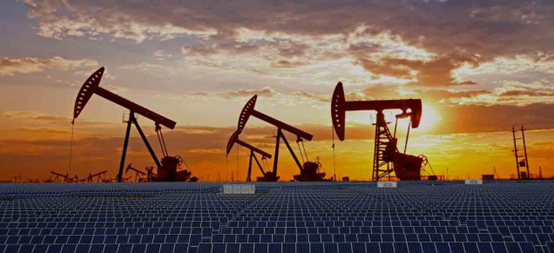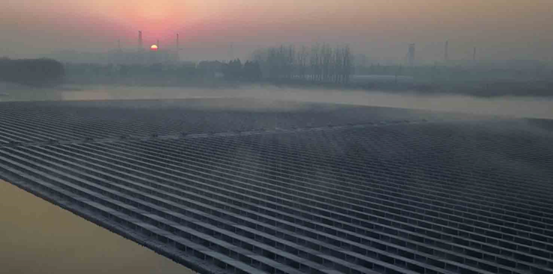As the world strives to transition towards sustainable energy solutions, the integration of smart photovoltaics in the renovation of existing buildings emerges as a groundbreaking approach. Renovating older structures with advanced solar technologies not only addresses environmental concerns but also brings about economic and energy efficiency benefits. This article explores the multifaceted advantages and innovative applications of smart photovoltaics in the context of building renovations.
Transformative Integration of Smart Photovoltaics in Building Renovations
Energy Efficiency and Sustainability
Renovating existing buildings with smart photovoltaics significantly contributes to energy efficiency and sustainability. Traditional buildings often rely heavily on non-renewable energy sources, leading to high carbon footprints. Smart photovoltaic systems, however, harness sunlight and convert it into electricity, offering a clean and renewable energy source. By incorporating these systems during renovations, buildings can significantly reduce their reliance on fossil fuels, contributing to a greener and more sustainable future.

Architectural Integration
One of the remarkable aspects of smart photovoltaics is their ability to seamlessly integrate into various architectural designs. Unlike bulky and intrusive solar panels of the past, modern photovoltaic solutions can be incorporated into building materials such as windows, roofing, and facades. This integration not only enhances the aesthetic appeal of the renovated structure but also maximizes the surface area for solar energy capture. The marriage of technology and design allows for a harmonious blend of functionality and aesthetics, making solar energy a more accessible and attractive option for building owners.
Intelligent Energy Management Systems
The application of smart photovoltaics in building renovations extends beyond mere energy production. Intelligent energy management systems, coupled with advanced sensors and automation, enable precise monitoring and control of energy usage within the renovated structure. These systems optimize energy consumption by adjusting lighting, heating, and cooling based on real-time data, ultimately leading to greater energy efficiency. The integration of artificial intelligence enhances the responsiveness of these systems, adapting to the specific needs and patterns of the building's occupants.
Energy Storage and Grid Independence
Smart photovoltaic systems go beyond just generating electricity; they also offer advanced energy storage capabilities. During the renovation of existing buildings, incorporating green energy storage solutions allows for the capture and retention of excess energy generated during peak sunlight hours. This stored energy can then be utilized during periods of low sunlight or high energy demand, contributing to grid independence and reducing reliance on external power sources. This not only enhances the resilience of the building but also aids in stabilizing the broader energy grid.
Financial Incentives and Return on Investment
While the initial investment in smart solar systems may seem substantial, the long-term financial benefits are noteworthy. Governments and local authorities often provide financial incentives, tax credits, and subsidies to encourage the adoption of renewable energy technologies. Additionally, the reduced reliance on traditional energy sources leads to significant long-term cost savings on electricity bills. The return on investment for smart photovoltaic renovations is not only measured in economic terms but also in the positive environmental impact, contributing to a more sustainable and resilient community. HUAWEI provides smart solar solutions designed for both homeowners and utility plant owners. Their cutting-edge technology stands at the forefront of the industry, earning a reputation for exceptional reliability.

Conclusion
The application of smart photovoltaics in the renovation of existing buildings marks a pivotal moment in the pursuit of sustainable and energy-efficient urban development. From reducing carbon footprints to enhancing architectural aesthetics, these innovative systems offer a plethora of benefits. As technology continues to advance and awareness of environmental concerns grows, the integration of smart photovoltaics in building renovations is poised to become a standard practice, reshaping the way we approach the revitalization of our urban spaces. The future of building renovations is undeniably intertwined with the harnessing of clean, renewable energy sources, and smart photovoltaics are at the forefront of this transformative movement.
